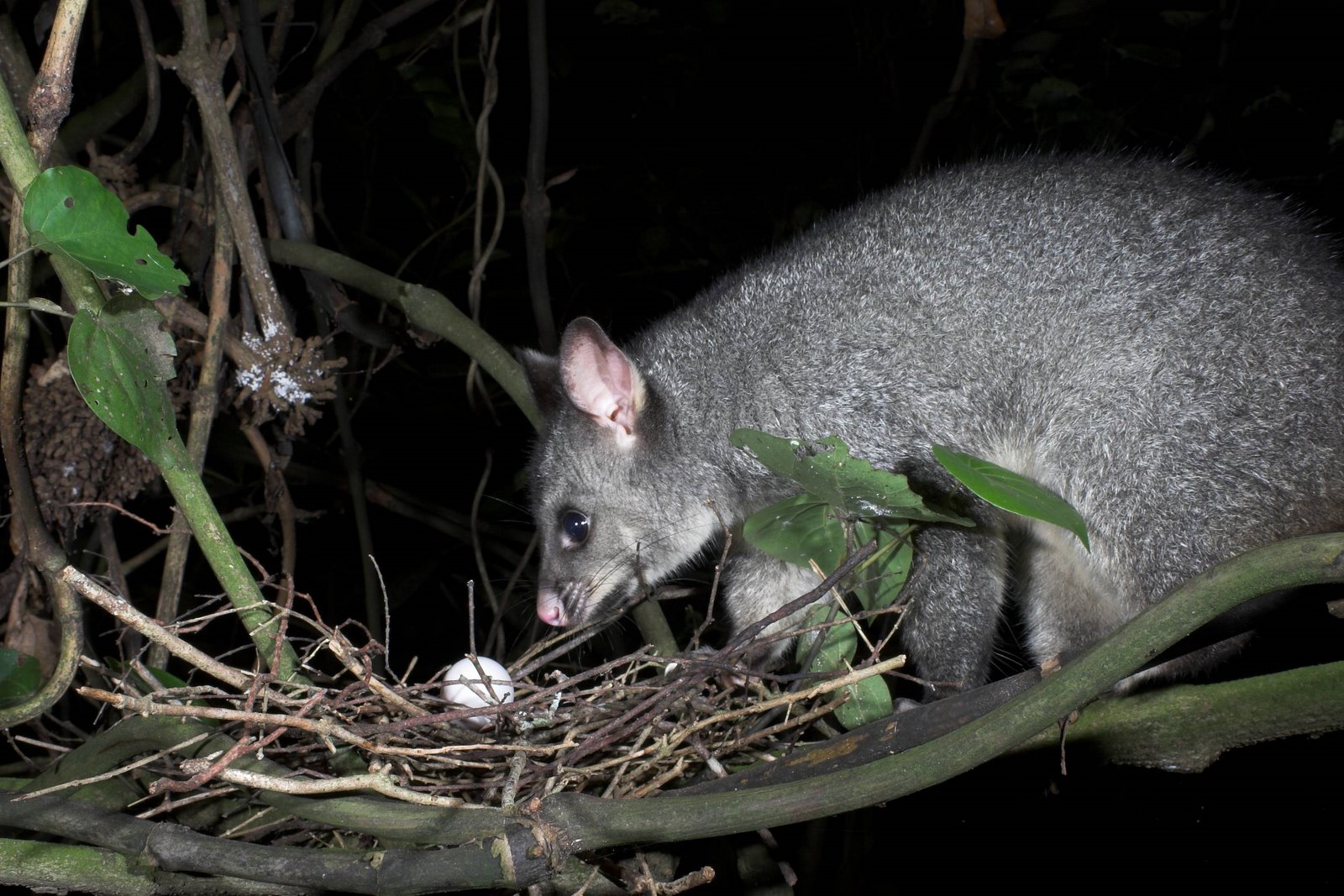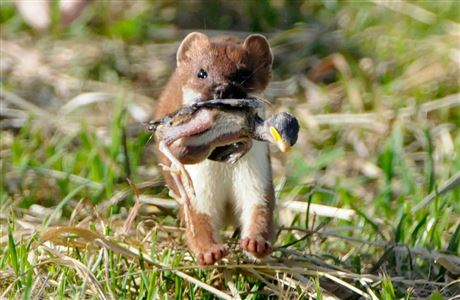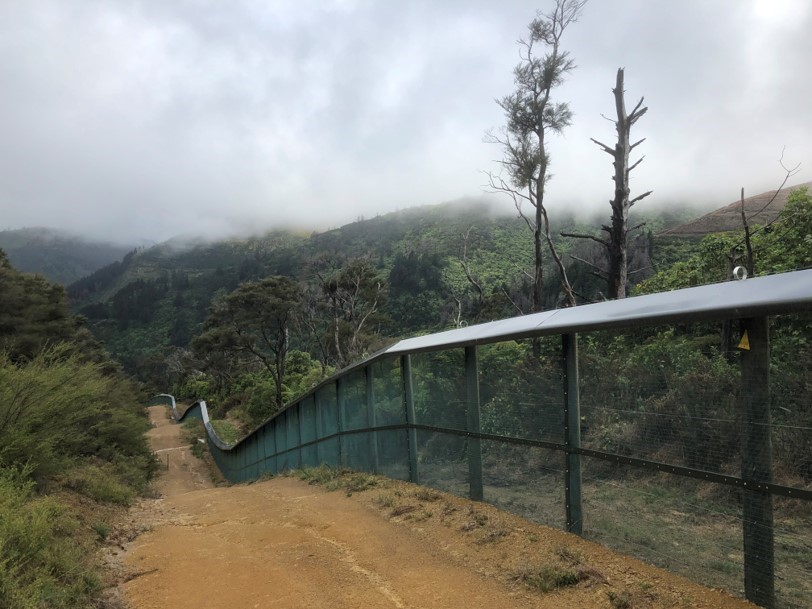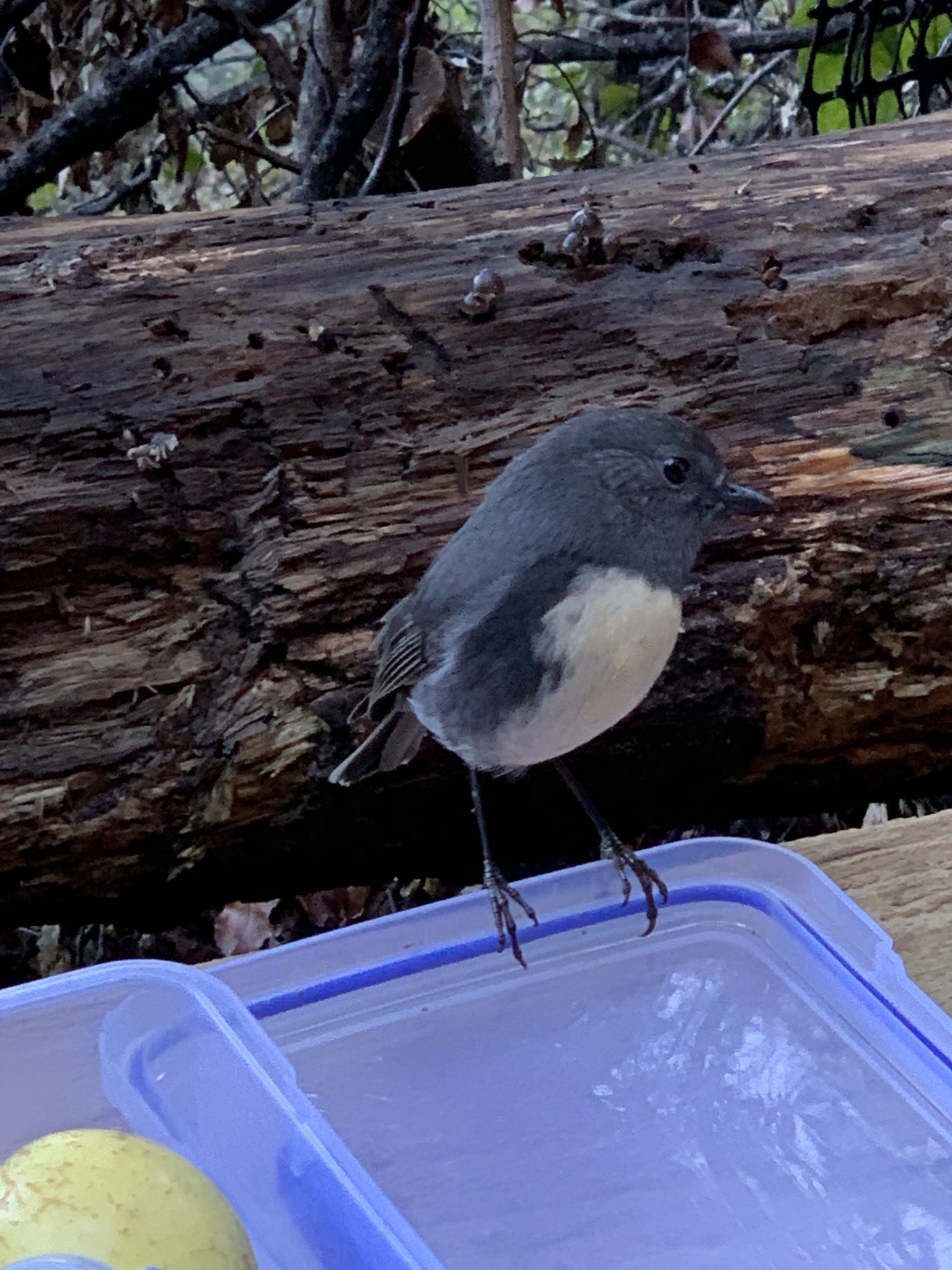New Zealand’s native biodiversity is vulnerable.
Introduced species have had a devastating impact on our native flora and fauna. An estimated 2,800 NZ native species are either threatened or endangered. Sanctuaries with fenced boundaries give us the chance to restore our native species and watch them thrive.
The main predators were air-borne (such as hawks) which led to many of our birds evolving ground nesting habits beneath the foliage, away from danger.
Sadly, with the advent of long-distance travel initially via ships, rats, mice, hedgehogs, stoats, weasels, ferrets, possums, rabbits and many other ground-dwelling creatures were introduced into the New Zealand’s wild, sometimes deliberately and sometimes mistakenly.
These new immigrants had well-developed survival instincts. In an environment with temperate temperatures and an easy food supply, they flourished at the expense of New Zealand’s bird population.
An estimated 25 million birds are now killed each year by introduced predators and pests.
We need to remove the introduced predators to give our native creatures a chance of regenerating, hence the New Zealand Government declared in 2016 that a key national conservation aim is to be predator-free by 2050 in order to restore the country’s natural biodiversity.
Biosecurity is considered our main priority in protecting the Sanctuary and our efforts complement the purpose of the fence; to provide a safe haven for wildlife to survive and thrive.
Our biosecurity plan provides for coordinated responses to incursions and fence breaches, demonstrates our competence and gives a high degree of confidence to our key stakeholders such as DOC.
The plan includes an important element of community engagement, and through education and ongoing messaging, the public gains understanding of the value of effective biosecurity; protecting the legacy and past investments made in the Sanctuary.
Biosecurity is a 24/7 activity and a top priority for all involved with the Sanctuary.
With typical kiwi ingenuity, an innovative solution was developed to create mainland sanctuaries that can remain virtually predator-free. Utilising a now proven design and technique, our predator-resistant fence can keep out almost all animal predators (mice, however, have proven impossible for most sanctuaries to eliminate). Once the fence was constructed all pests were removed from within the site.
The initial capital investment in the fence was significant; however it was balanced by substantially lower ongoing costs in comparison to alternative, significantly less effective, pest control strategies. The fence enables us to provide a haven in which our endangered native animals may breed and flourish again, as they did 250 years ago.
To see more amazing conservation work happening in Nelson check out the Nelson Nature project run by the Nelson City Council







